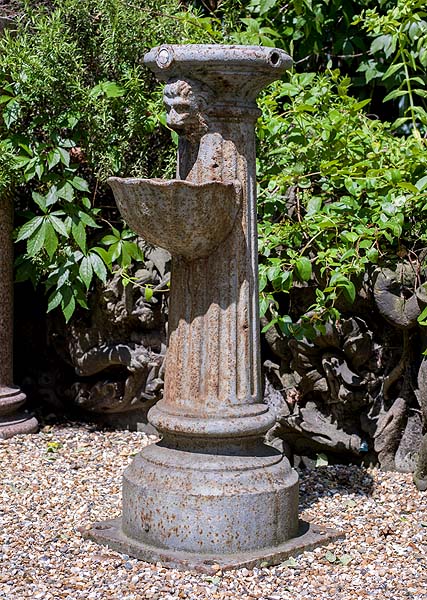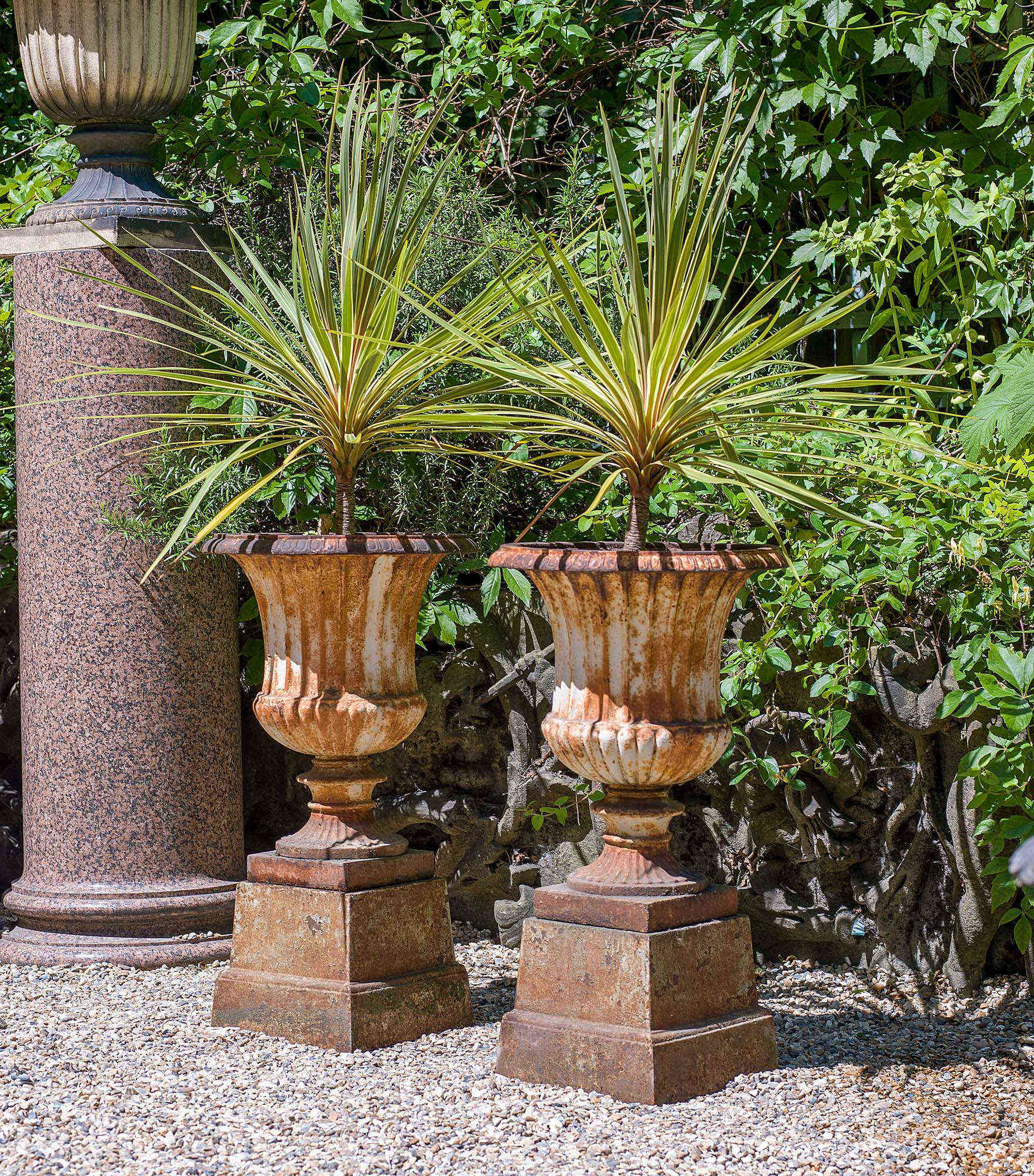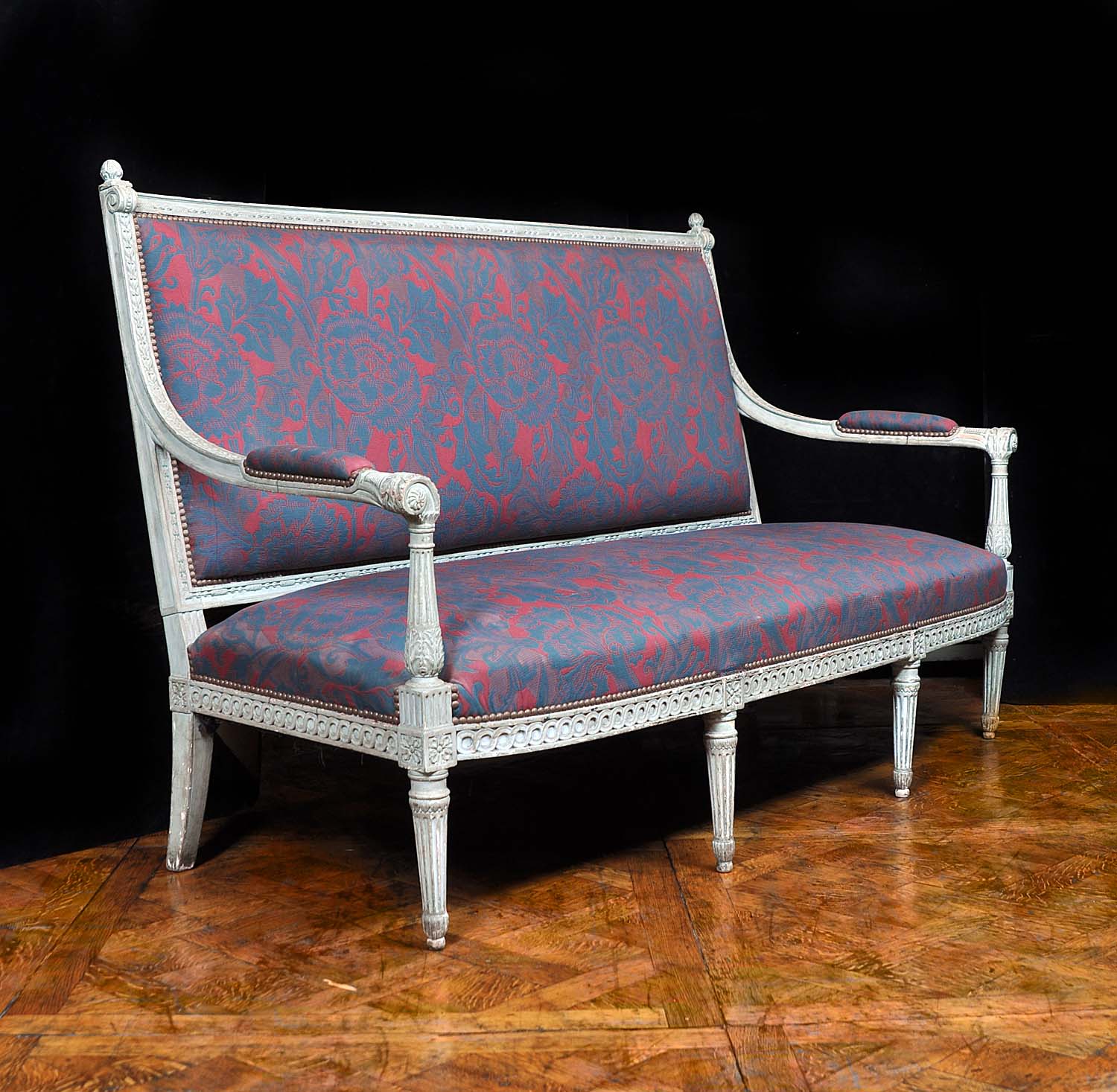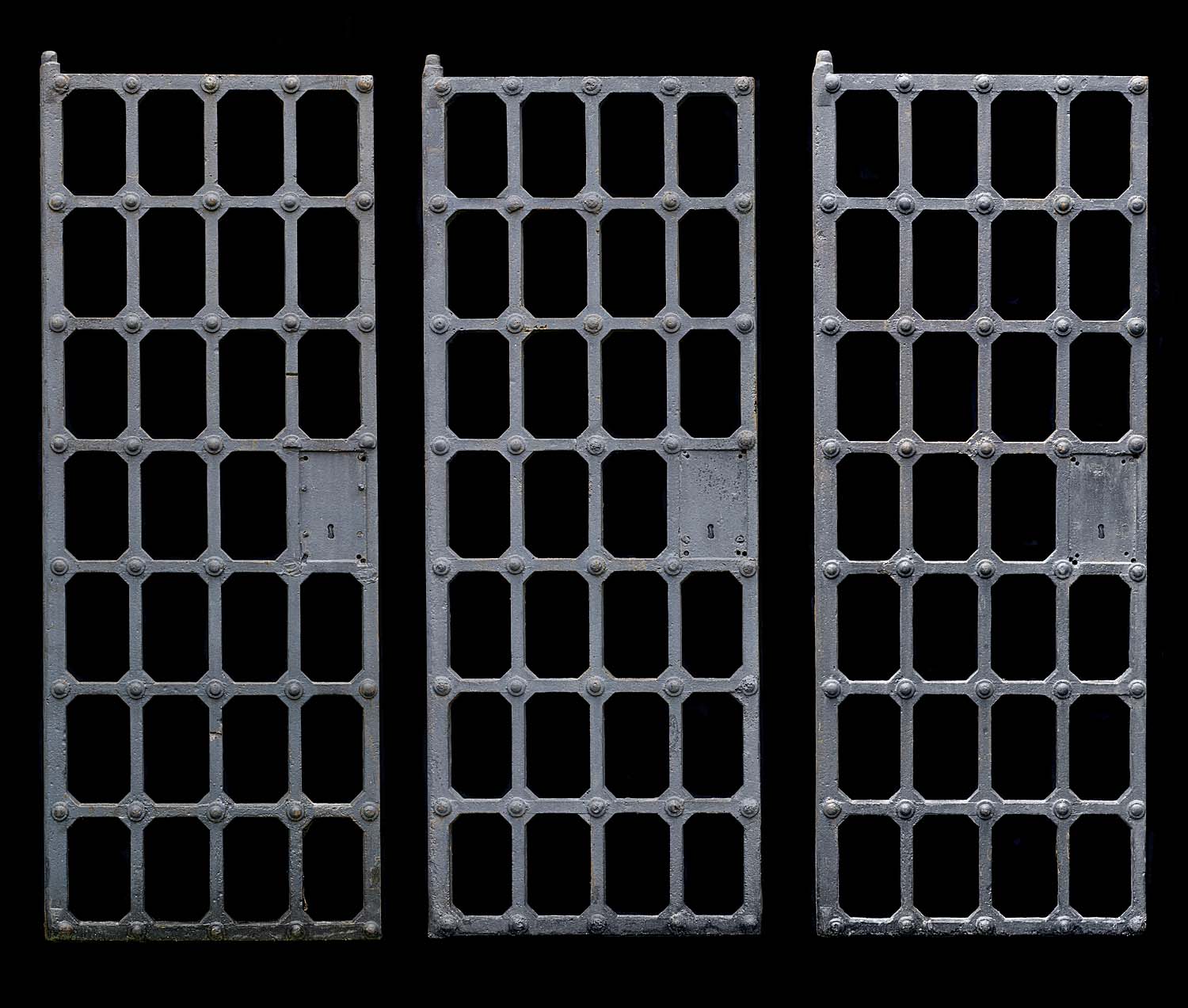The saying ‘out with the old, in with the new’ has taken a back seat recently; vintage is all the rage and antiques are seeing a rise in popularity.
Antiques are often thought of as statement pieces that belong in the house.
However, antiques don’t just belong in the house, there’s a wonderful array of beautiful pieces for the garden too which is why it is time to learn how to use architectural antiques in your garden.
Your antiques deserve to see the light of day! Bring them outside to add uniqueness and elegance to your garden.
Take your garden from drab to fab with our expert tips on how to use architectural antiques in your garden.
Integrate antiques into the landscape
Antiques can add a whimsical feel to any garden. An antique cast iron drinking fountain can become a bird bath. A wrought iron gate can become home to a flowering trumpet vine.
Your antiques stand out just by being themselves, but making them feel like they sprouted from the ground and called your garden home is the key to giving your space an enchanted feel.
Play around with time, materials and size
The more the merrier and antiques are no exception.
When considering how to use architectural antique garden furniture, think outside the box. Turn your garden into a showroom of curiosities by mixing and matching pieces for maximum effect.
Don’t stick to one time period, material or size. Pick materials that encourage each other, pieces from eras that contrast and materials that embolden each other. By carefully contrasting individual antiques you’ll begin to see them in a whole new light.

Use unexpected pieces
Just because you are decorating your garden, it doesn’t mean you have to stick to traditional garden antiques.
Be daring and add an ornate, antique mirror to a brick wall or use an antique log bin as a flower pot.
These unexpected accents will add a touch of eccentricity that is sure to draw the eye.

Mix modern pieces with antiques
Although we’re telling you how to use architectural antiques in your garden, we also know there’s a lot to be said for modern decorations as well.
However, you don’t have to limit yourself to one or the other!
Playing the two styles against each other adds dimension to the garden.
Pair metal garden furniture such as a modern outdoor table with Victorian wrought iron garden chairs to create a tasteful contrast between the past and present that will be the star of afternoon tea.
Use symmetry
A fun and whimsical garden is the goal, but don’t underestimate order and symmetry.
The eye likes things that flow together and make sense. The positioning of your antiques needs to look carefree, when in reality you spent time planning the equal space between all your urns.

Accentuate the landscape
Your antiques should highlight the best parts of your garden.
Placement plays a large part in accenting a garden. Using architectural antiques to frame a particularly unique or beautiful scene can ensure an enchanting atmosphere in your garden.
Make it cosy
What's the point of creating an ethereal garden if it feels too stuffy?
It is important to know how to use architectural antiques in your garden to create a peaceful and friendly environment.
An iron bench scattered with cushions or an old church pew can create a secluded spot that is perfect for curling up on with a good book and a cup of tea.
Equally, you could create an outdoor aquarium with a 20th century fountain - fill it with koi fish and water plants and spend your afternoon feeding the fish.
Add complementary colours, fabrics and patterns.
Adding fabrics, colours and patterns to your architectural antiques will help add character to the space you are trying to create.
Plant bright, vibrant flowers around a baroque-style fountain to make the stone prominent.
Reupholster an antique chair with a more modern pattern to keep it from blending in. Make your antiques an extension of your personality.

Utilise lighting
Lighting is an important factor in the placement of your antiques.
Take a day to figure out how the lighting works in your garden. Is it shady most of the time? Is there one spot that always has a ray of sun shining down?
Utilise light to make the piece the centre of attention; place your wrought iron chairs and table in the sunniest part so it’s in a natural spotlight or put a jardiniere under your porch light so even at night it can shine.
Watch out you don’t make a royal error and put your prized sundial in the shade!
Don’t forget the flowers
Of course a garden is only as good as the flowers it holds.
Use colourful, bold flowers like begonias or peonies to accentuate the dark colour of a pair of cast iron urns or highlight the simple design on a light-coloured stone urn.
Make your patio your sanctuary
Knowing how to use architectural antiques in your garden can turn your concrete patio into a lush oasis.
Emphasise your antiques. Create one or two seating areas surrounded by stone urns filled with greenery and tables with little pots and flowers.
To soften the patio’s stonework, place a series of cast iron gates along the garden wall so flowering vines like wisteria can grow. Or utilise soft, wooden garden furniture that will contrast nicely against the stones and metal in the garden.

Not gifted with green fingers? No problem!
Having a garden can be stressful if you’ve not got a gift with greenery, but we’ve got a handy solution to your gardening woes.
Succulents and cacti are the perfect alternative to flowers. These hardy plants come in all shapes, sizes, textures and colours, meaning your garden can still be a feast for the eyes without having to remember to water daily!
What’s more, the soft shades of green look wonderful against the earth tones of architectural antique garden furniture.
How to Use Architectural Antiques in Your Garden: Summary
Knowing how to use architectural antiques in your garden and bringing a bit of the past to your present is a great way to keep things fresh and unique.
From flowers to design to decoration, your garden should be full of life and create an atmosphere that you can enjoy and be proud of.
Use these tips on how to use architectural antiques in your garden to create the outdoor oasis of your dreams.